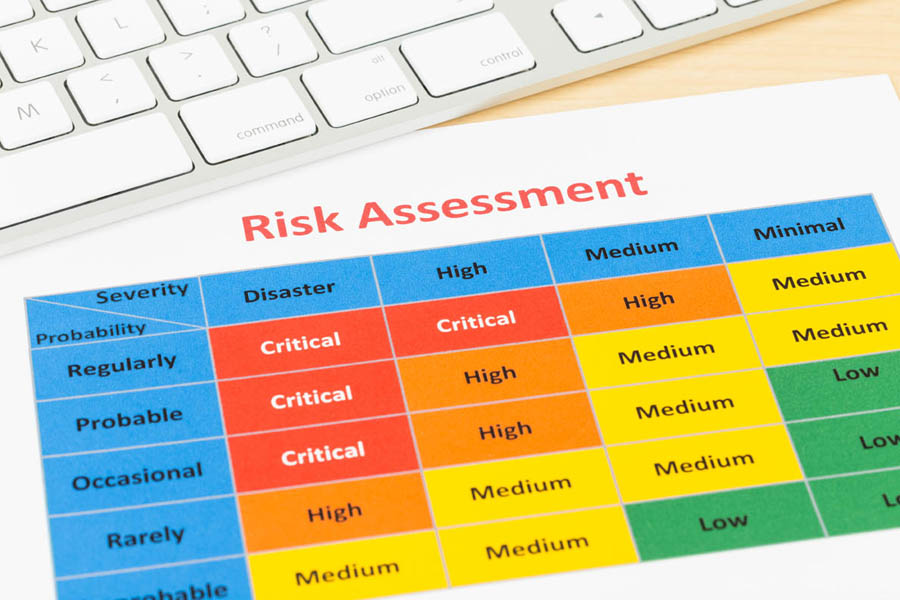Fire safety standards in the UK are set out in the Regulatory Reform (Fire Safety) Order 2005, and this is set to be underscored by a Bill before the House Of Commons in this session. The Fire Safety Order sets out the minimum standards of fire safety and requires a “responsible person” to be in charge of fire safety in non-domestic premises and also those where people are employed. Often, this will be the employer, or a senior employee, since an employer can delegate this duty.
The responsible person is charged with, among other things, undertaking a fire risk assessment and also, if five or more people are employed, maintaining a written record of the assessment and any action taken as a result.
The fire risk assessment should include any matters that need addressing and should also have a timeline for any remedial action to be carried out. Any work carried out to the building, as a result, should be inspected and approved by a qualified fire risk assessor such as those that work with us at UK-Fire Risk Assessments. The fire risk assessment should be reviewed annually.
The importance of a fire risk assessment should not be underestimated. If you own a property or are an employer, if there is a fire, you could be liable for any damage to the property, injury, or in the worst-case scenario, fatality.
If you own a property that is empty, you still have a legal responsibility for fire safety in the same way that you would if it was occupied. If you are a private landlord and own an empty property, it is in your own interests to give yourself the best chance of renting or selling it, and also to ensure it remains safe and secure while empty. When you can show that you are fully compliant with the law regarding fire safety and health, and have undertaken a landlord fire risk assessment, your empty property will be more appealing to prospective tenants or buyers because it will show that you care about the property and potential occupiers.
Furthermore, making certain that you have proper fire safety procedures and equipment in place helps to protect your property while it is empty. Criminal damage, theft, and even arson, are far more common in empty buildings than those which are occupied. According to estimates by the Home Office, there are 60 fires a day in or next to empty and/or derelict buildings. This means that as a consequence there are more insurance claims which, in turn, means higher premiums for empty properties. Not only that, but in the event of a fire your insurance company will investigate, and if it establishes that you have not followed the correct procedures to be compliant with the law it will probably refuse to payout. So there are very good reasons for ensuring that you do remain compliant.
Regardless of whether your property is occupied or empty, you are still required by law to undertake your obligations regarding fire safety, including maintenance of fire safety equipment. You should most certainly have a fully working and operating fire alarm system, because an early warning can cause an alert, and the fire brigade may well be able to put out a fire before any serious damage is done. If you have a building that is burnt out, it is going to cost a lot of money to repair it, and at the very least your property will be vacant for longer.
Emergency lighting should also be in place. In the event of a fire, and the mains electricity supply is lost, an emergency backup can help the fire service to find their way about and put out the fire before serious damage occurs. If your building doesn’t have security lighting, you might want to consider installing it, since with motion sensors it will help to deter squatters or other people intent on criminal damage.
You should also still have fire extinguishers in the appropriate places and numbers. There are very many different types of fire extinguisher available, so as regards these it is best to obtain professional advice.

